
Embracing Winter Tranquility
The Art of Forest Bathing
By Gayil Nalls
Sign up for our monthly newsletter!
Winter, with its crisp air and serene landscapes, offers a unique opportunity to engage in the ancient practice of forest bathing. Also known as Shinrin-yoku in Japanese culture, forest bathing involves immersing oneself in the natural environment, and taking in the sights, sounds, and scents of the forest. While traditionally associated with lush green foliage, forest bathing in winter provides a rejuvenating and meditative experience.
Forest bathing in winter engages the senses in a unique and invigorating way. The crunch of the frozen ground beneath one’s feet, the whisper of the wind through bare branches, and the gentle creaking of frozen limbs create a symphony of winter sounds. The crisp scent of pine, the earthy aroma of fallen leaves, and the subtle fragrance of snow intermingle to create a sensory experience that transcends the ordinary.
Trees stand bare as captivating sculptures in the landscape as the winter season unveils the hidden architecture of trees, offering a remarkable opportunity for observation and appreciation of the diversity of tree species, and recognizing their unique features. In the absence of leaves, one can see the intricate network of branches and the unique silhouette of each tree come to the forefront, creating a visual symphony that tells the story of adaptation, resilience, and natural design.
Observing tree architecture in winter unveils the ingenious adaptations that trees employ for survival during the harsh season.
The branching patterns, such as the sturdy central leader in conifers or the intricate fractal branching in deciduous trees, serve functional purposes. As you observe the subtle play of light on frost or snow-covered surfaces, these adaptations optimize sunlight absorption, snow shedding, structural stability and the subtle play of light on snow-covered surfaces. Winter showcases nature’s meticulous planning, as trees stand resilient against the elements, their architecture telling a tale of evolutionary success.
Winter allows us to appreciate the textures and details of trees that often go unnoticed in other seasons. Bark patterns become more pronounced, revealing a diverse palette of colors and textures. Mosses, lichens, and fungi, which might have been concealed by foliage, add another layer of complexity to the tree’s architecture. The play of light and shadow on the rugged bark creates a captivating interplay that highlights the subtle nuances of each tree’s character.
The observation of tree architecture in winter goes beyond aesthetics; it unveils the ecological significance of these structures. The bare branches become havens for overwintering wildlife, as birds perch on them, squirrels navigate the intricate maze, and insects find refuge in the bark crevices. The trees, in their architectural brilliance, provide a crucial ecosystem service during
the colder months, supporting biodiversity even in the dormancy of winter.
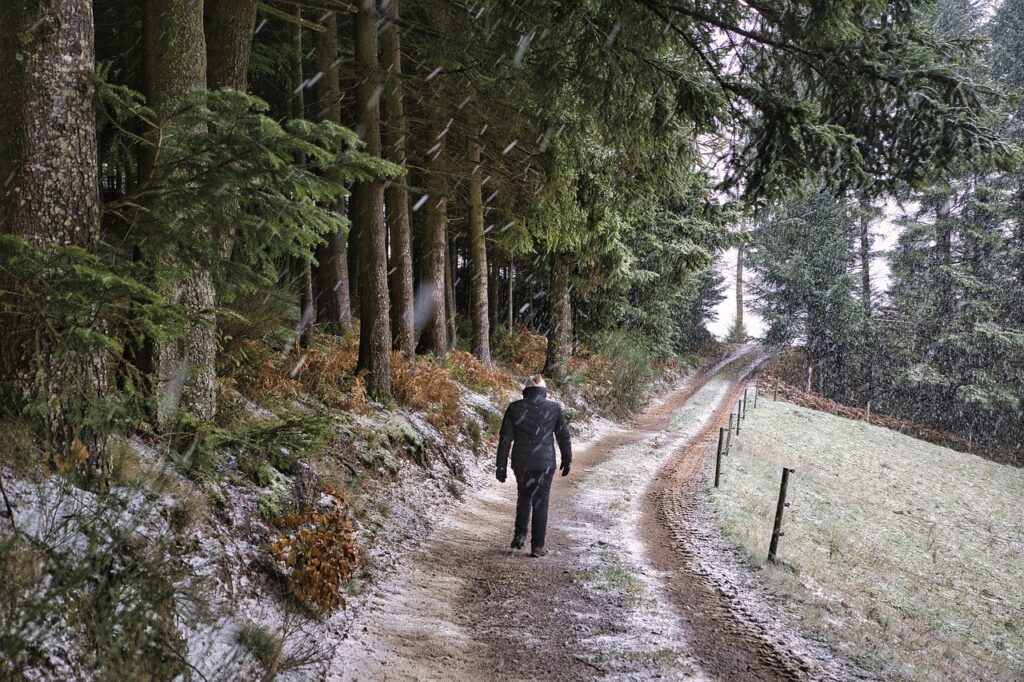
Winter forest bathing facilitates a profound connection with the natural world. In a season often associated with hibernation and dormancy, you will find that forests continue to pulse with life. Observing resilient wildlife, such as birds flitting through the branches or the tracks of small mammals in the snow, reinforces our connection to the cycles of nature.
The act of mindful walking in the snow enhances balance and stability, contributing to improved physical well-being. It has numerous other health benefits including reduced levels of anxiety and increased feelings of happiness. But we also need to take the time to reflect on the fact that these trees and plants are our common ancestors. We both process oxygen and burn
glucose as part of our genetic similarity with flora. Our DNA code, in our every cell, not only makes us unique, it connects us to all life on earth. It’s good to be reminded that you are part of a big family.
Gayil Nalls, Ph.D., is the creator of World Sensorium and founder of the World Sensorium Conservancy.
Plantings
Issue 30 – December 2023
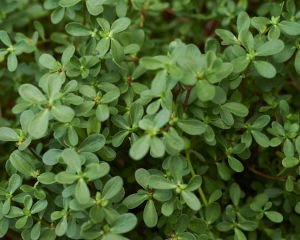
Viriditas: Musings on Magical Plants: Portulaca oleracea
By Margaux Crump
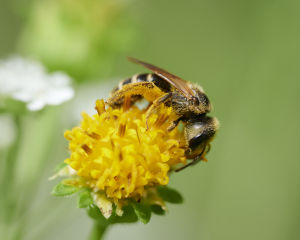
Proboscis, Pollen, and the Rapture of Interspecies Intimacy
By Jake Eshelman
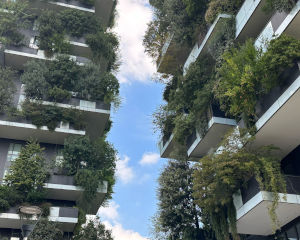
The Greening of Milan: Porta Nuova and Vertical Forest
By Gayil Nalls

Overshooting Earth’s Boundaries: An Interview with Bill Rees
By Rachel Donald
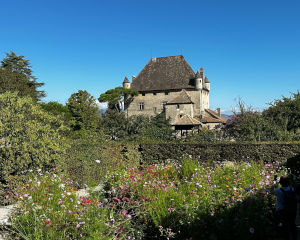
The Garden of the Five Senses
By Gayil Nalls
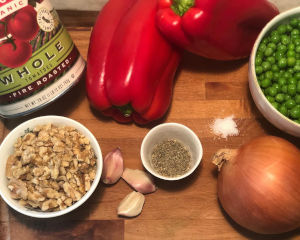
Eat More Plants Recipes:
Le Botaniste’s Fennel, Tomato, and Red Pepper Pasta Sauce

As Ireland transitions from the rich, smoky scent of peat-burning to a more sustainable future, its olfactory heritage is evolving. What will become the next iconic aromatic symbol of Ireland?
Click to watch the documentary trailer.


